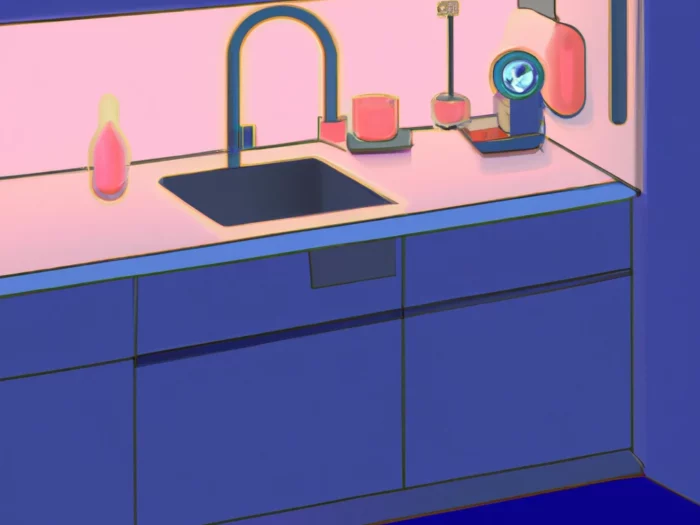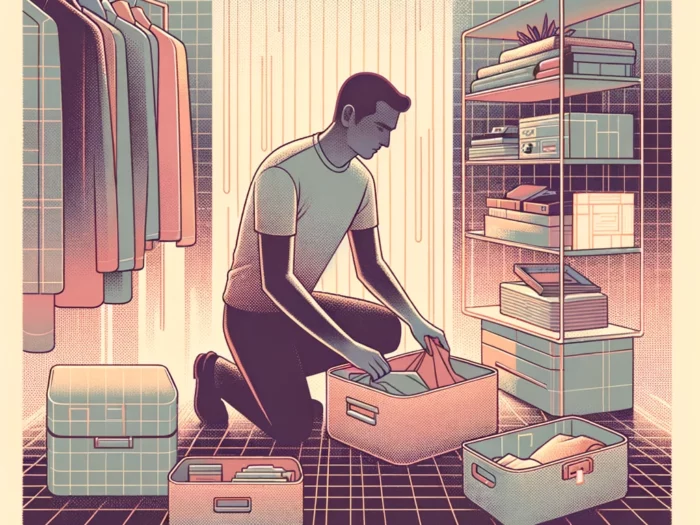Embracing the tiny living lifestyle is a bold decision that has been gaining traction in recent years. This movement, which advocates for downsizing and simplifying one’s living conditions, comes with a host of benefits such as lower living expenses, a reduced environmental impact, and a decluttered lifestyle. However, like any lifestyle choice, tiny living presents its own unique set of challenges. This article aims to shed light on these hurdles and offer practical advice on how to navigate them.
Summary of Tips for Overcoming Tiny Living Challenges
| Challenge | Solution |
|---|---|
| Limited Space | Optimize space with multifunctional furniture and vertical storage. Adopt a minimalist mindset. |
| Privacy | Create designated private spaces within your home. Respect each other’s need for solitude. |
| Storage Limitations | Use innovative storage solutions like under-bed storage or storage boxes that double as furniture. Regularly declutter. |
| Legal and Zoning Challenges | Understand local regulations before building or buying a tiny home. Advocate for changes in local laws. |
| Lifestyle Adjustments | Consume less, live with fewer possessions, and find contentment in simplicity. |
| Social Perceptions | Be prepared for societal reactions and misconceptions. Be clear about why you’ve chosen tiny living. |
Navigating Limited Space
The most apparent challenge of tiny living is the limited space. Every inch in a tiny home is valuable, and it’s crucial to optimize the available area. This involves strategic planning and innovative solutions, like multifunctional furniture that serves various purposes, or using wall-mounted shelves to take advantage of vertical space.
But optimizing space isn’t just about storage solutions; it’s also about adopting a minimalist mindset. By consciously choosing to reduce your possessions to only what is necessary and cherished, you can make your tiny space feel more open and less cluttered.
Privacy in a Tiny Home
In a tiny home, privacy can be a significant concern, especially for families or couples. Creating private spaces within your home can help, whether it’s a specific reading nook or a curtain around your bed for added privacy. It’s also crucial to respect each other’s space and understand the need for solitude.
Overcoming Storage Limitations
Storage can be a tricky issue in tiny homes. With less room for closets and cabinets, finding a spot for all your belongings can be a challenge. However, there are numerous innovative storage solutions available, like using under-bed storage or storage boxes that double as furniture. Regular decluttering is also essential to maintain a tidy and organized space.
Legal and Zoning Challenges
Living in a tiny home can also present legal and zoning challenges. Many areas have minimum size requirements for homes or restrictions on where tiny homes can be placed. Before deciding to build or buy a tiny home, it’s crucial to understand the local regulations. Advocacy for changes in local laws may also be necessary.
Adjusting Your Lifestyle
Adopting the tiny living lifestyle requires significant lifestyle changes. You may need to consume less, learn to live with fewer possessions, and find contentment in simplicity. This transition can be challenging but also incredibly rewarding, as it allows for financial freedom, less maintenance, and more time for experiences and relationships.
Handling Social Perceptions
Lastly, societal perceptions and misconceptions about tiny living can pose a challenge. Some people may not understand your choice to live in a small space. It’s important to be prepared for these reactions and to be clear about why you’ve chosen this lifestyle. The goal of tiny living is to create a life that aligns with your values and enhances your happiness, not to impress others.
Conclusion
While tiny living comes with its own set of challenges, they can be navigated with careful planning and adaptability. The key is to focus on the benefits of tiny living and to create a space that meets your needs and reflects your values. Whether you’re considering tiny living or already living in a tiny home, remember that every challenge is an opportunity for creativity and growth.









